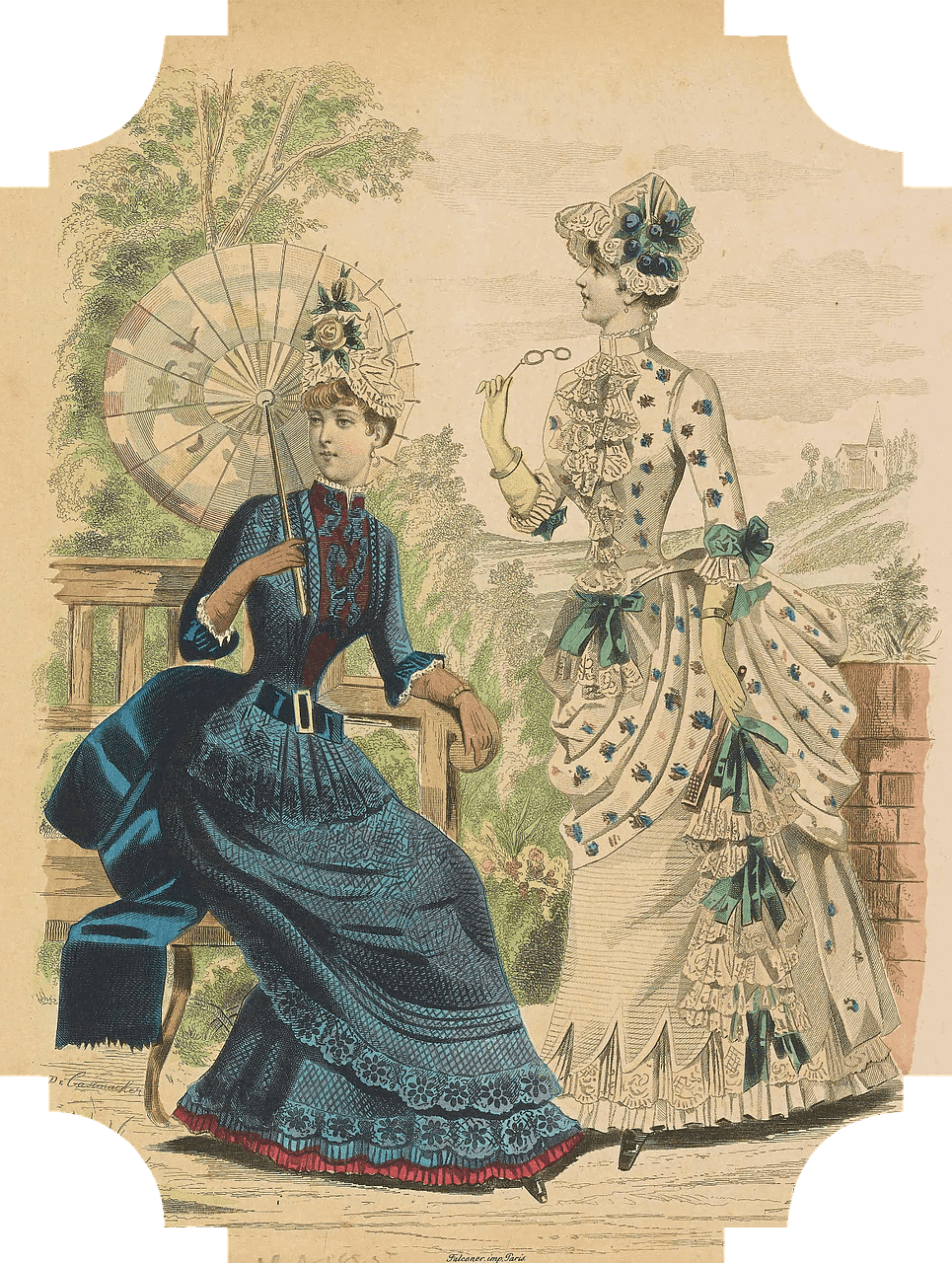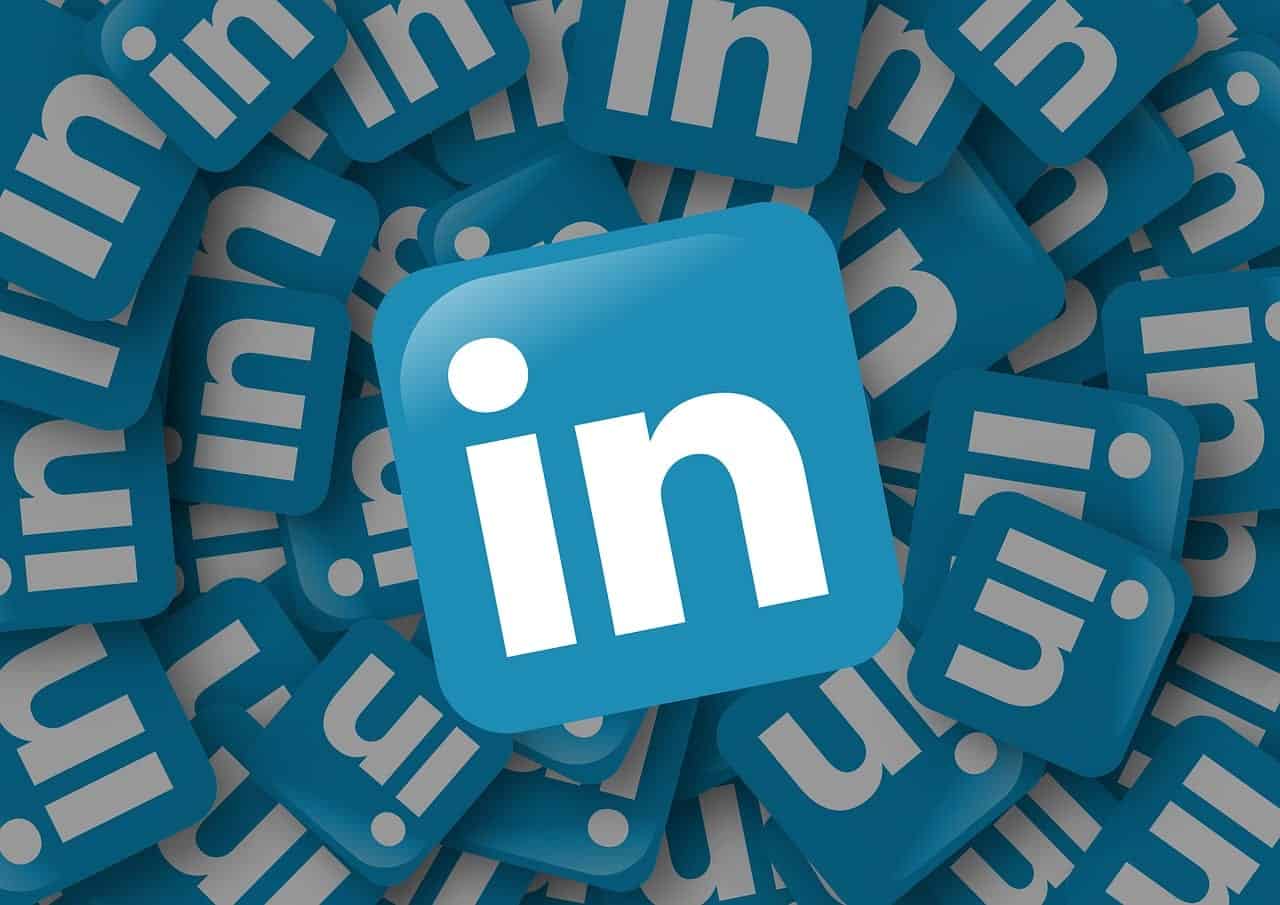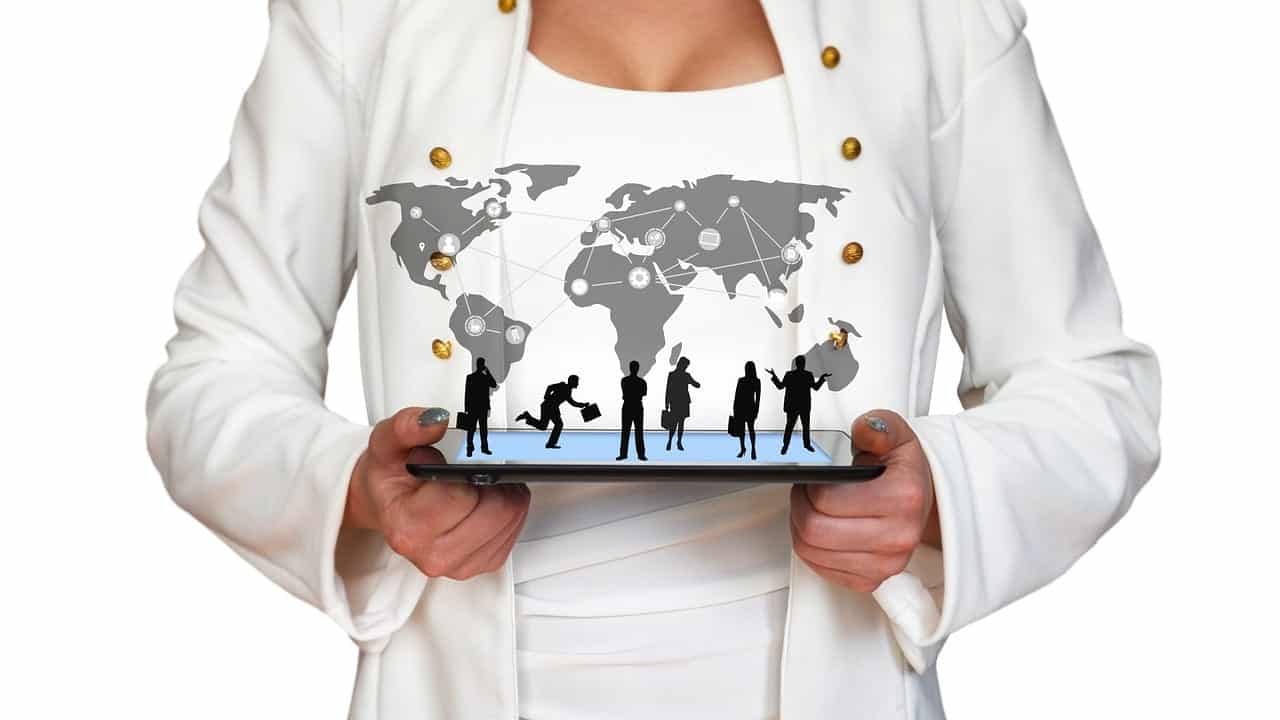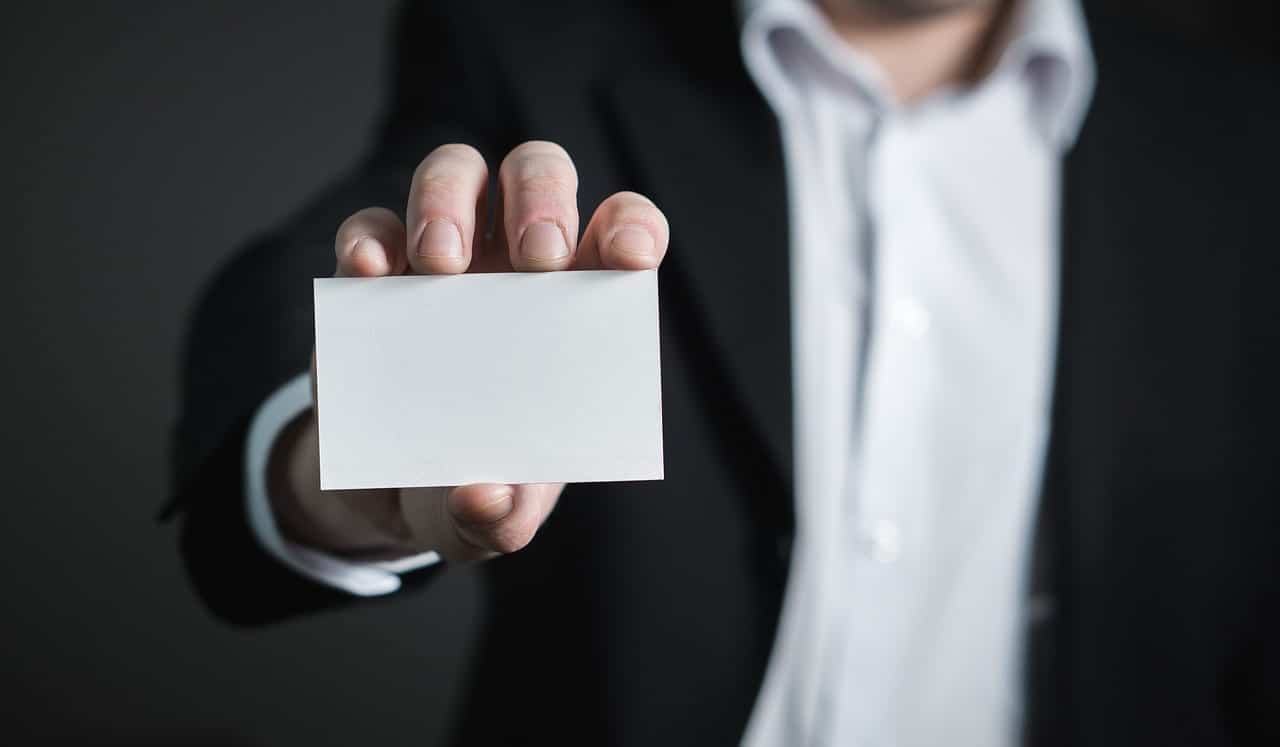In a digital age, do we still need business cards? With LinkedIn and smartphones, not to mention email, is it even necessary to hand someone a 3.5-by-2 inch piece of paper? Is it environmentally responsible? Many of our traditionally printed materials are going digital: newspapers, books, records, and files. Is it time now to give up on them?
The First Business Cards

The first version of the business card dates back to the 15th century. “Visiting cards” were used in China to request a visit with someone or prove credentials at a high-level establishment. When the cards reached Europe in the 1600s, they were for everything from business interactions to dating. These evolved into “trade cards,” which became common in the 1600s. Trade cards had promotional messages printed on one side and a map to the business on the other. These were initially used by the upper class—indeed calling cards. Remember how every Jane Austen character presented a card upon arrival?
Trade cards melded with visiting cards to create a modern business card. Combining personal and business info happened with the advent of the industrial revolution in the 1700s and 1800s. The cards became more available and no longer reserved for the elite.
In Defense of Business Cards
There’s an argument that says you look unprepared and unprofessional without a business card. The counter-argument is that having a card can make you look young and inexperienced. Who’s right?
There are advantages to having a business card. You can use one to show off your style, and it can make you memorable by serving as a physical reminder of interaction—a prompt that brings you to mind. They also cater to an older clientele that expects to receive a business card. Finally, they can make an employee feel like a valued part of the company.
In Defense of a Digital Connection
Those who argue that these calling cards should become obsolete say all the info is online. And if you have an initial meeting with a client, when you’d usually hand one out, you already have all that info. Accessing those details online means you have a record that never gets lost in your wallet or accidentally run through the washing machine.

When you connect digitally, you’ve made a networking connection. With an app like LinkedIn, your info is immediately visible to a broader audience. Your profile is linked to the original contract and seen by other potential contacts. Unlike a paper business card, you can keep an electronic profile updated. Speaking of which, make sure you have a digital presence, so you show up in online search.
Business in the Digital Age
If you decide to stick with a traditional business card, why not make it a little less conventional? An interactive video card has an audio and video component in a sort of business card booklet. This book contains a tiny 2.4 inch LCD screen that plays your video message. Another option is the interactive business card with augmented reality, which is kind of like a QR code gone wild.
Remember Bump? The app was a digital solution for exchanging cards created in 2008. People would bump phones to exchange information. If both parties had the app and the phones were close enough, electronic data swapped automatically. Bump generated huge initial backing, and the tech giant Google bought it. In the end, the app was used more for photo sharing and connecting with friends than as a business tool. The bump shut down in early 2014.
International Business

While the business card has declined in importance in the US, this isn’t the case everywhere. It’s never a bad idea to take them to an international event. In Japan, cards (known as “meishi”) print in both English and Japanese are in high regard. When presenting your card, etiquette dictates that it’s passed out with both hands, with the Japanese side facing up. When receiving a business card, accept it with both hands, and thank the purveyor. Writing on a business card or carelessly shoving it in your pocket is seen as disrespectful behavior.
Paper or Digital?
If you decide the traditional business card is obsolete, there are many alternatives to consider. Whether you opt to use a business card or connect digitally, a follow-up seems to be the most crucial part of networking. Making an initial impression is essential, but so is making a lasting impression.









